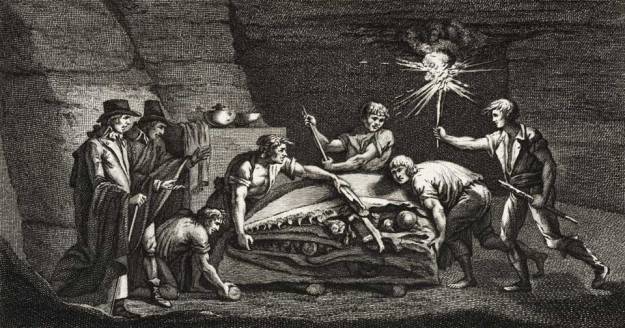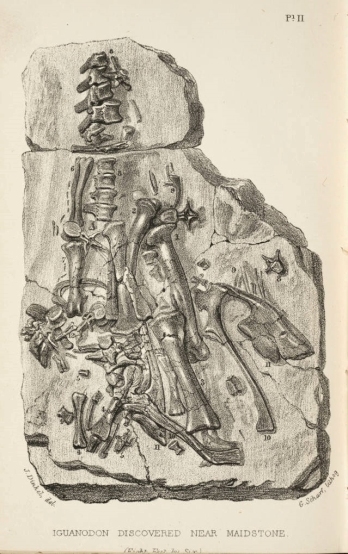
In his book, Religion: If There Is No God, Leszek Kolakowski addresses large theological problems such as Evil, the nature of God, mystical experience and the language of the sacred are addressed by juxtaposing philosophical and ideological (as opposed to anthropological) ideas in a type of point/counterpoint comparison and discussion.
Treating of these philosophies in such a way provides a condensed historical representation of the great effort and curiosity that has always gathered round such problematic issues. These dialogues are important because they attempt to answer questions that perpetually plague the minds and souls of men. These questions include “Why am I here, what is my purpose, are humans alone, or unique, in the universe and how did this all come to be?” Kolakowski demonstrates the incompatibility of the answers given to these questions by the skeptically minded, as opposed to the religiously minded, and he also remarks upon the traditional resistance on both sides of the argument to bend to the will or logic of the other. Kolakowski concludes that from these philosophical and religious conflicts have arisen many illuminating responses that go toward providing logical, as well as moving responses to the large questions and problems that flood religious and scientific discourse.
Chapter one discusses the concept of theodicy and the different philosophies that spring from the problem of evil, pain and suffering as experienced by humans, as well as other members of the animal kingdom. The philosophers mentioned in conjunction with the concept of theodicy include most notably the Epicureans, Leibniz, Aquinas, C.S. Lewis, and others. God’s essence and attributes range (depending on the philosophy) from necessary and benevolent to indifferent, distant, arbitrary and evil. In opposition to humans who find themselves subject to the ready-made laws of God, that God should be bound by his own laws does not necessarily put limitations on Him, as he, by definition, embodies those laws; that is, He not only creates them, but is them as well. Kolakowski suggests that the only way to reconcile the idea that God’s way is the right way with the evil that is ever-present in the world, is to trust that God’s way is the right way. To believe that out of all the possible worlds God could have created, this was the most perfect, or would result in bringing about the most good, requires more than empirical or logical proof. Proof that God has performed the calculation necessary for bringing about the greatest good is not available to the human understanding — to reach this conclusion one must have faith (more so moral than intellectual) that this is indeed the best of all possible worlds.
The subject of faith is investigated further in chapters two and three. The God of reasoners is reached in a decidedly different fashion than the God of believers or devotees. Through logical proofs found in such sources as Aquinas, Anselm, Descartes, Kant, and others, Kolakowski plots the courses taken by philosophers who have tried to devise a path that leads from this world to God, using as their primary stepping stone reason, as opposed to believers who use “humility, repentance, recognition of one’s own sinfulness and impotence.” Proofs for the existence of God, whether cosmological or ontological, eventually break down under the scrutiny of skepticism due to man’s lack of experience which such stuff as infinity, perfection, or first causes. Paradoxically, the lack of knowledge in such areas often times is the crux of the argument.
How does one trace a line from the corrupt effect (humans and their imperfectness), back to a cause that is completely different and divine in nature? First one must make the assumption that indeed human life is finite and insignificant, which leads one to understand the possibility of the infinite. Or if the converse direction is taken, humans understanding God as a necessary being are made able to see their lives as contingent. The difficulties in making truth statements or proposing an Absolute truth when trying to sway the disbeliever are insurmountable. In the face of empirical or scientific analysis of the possibilities of God, the scientific mind creates a different God than the one of the Bible, and this positioning of one God against another fails to produce converts to either side. It is for these reasons that reason alone does not create belief, and to provide a portion of the missing equation Kolakowskiy turns to the mystics.
Contrary to the logician’s method of speculating on the nature of God by reasoning from their subjective experience, the mystic’s understanding both begins and ends with God, as the mystic in no way initiates their understanding or their experience of the divine. In moments of ecstasy the mystic losses all sense of self, including their power over the will; the mystic’s will is replaced by God’s, and so the union with, or abduction by God is a participation of the mystic with the infinite. These moments, Kolakowski suggests, are what give a foundation to religion and make up what is universal in religion.
The ramifications of the mystical experience for the world of the ordinary believer are unsettling, even more significant is the threat they represent to the Church. The Church and its hierarchy must stand apart from the mystics and their experience. Even though the mystic(s) may act in accordance with a different moral line, one that is divergent from the prescribed one of the church, the Church must govern over them. Those that have undergone a mystical experience desire to experience only this state of grace, forsaking the traditional ways of trying to obtain a closeness with God, such as taking sacrament or making confession. Lastly, the mystics that belong to the body of the Church no longer need an intermediary and become dangerous to the meticulously fashioned hierarchy when the adherence to traditional values and deferment to religious superiors becomes a trite substitute for God.
Unlike the skeptic mind, discussed in the previous chapter, the mystic does not find himself deserving of the knowledge gained by his experience. The mystic does not need to go about creating a syllogism to prove the existence of God; for the mystic, this would be a ridiculous past time — meaningless compared to the real knowledge they have first hand. Indeed, anything that takes them away from the absorption or decimation of their own will by God becomes repulsive. The body is one such obstacle and is often an object of repulsion that is greatly chastised and maligned.
The mystic can only affirm his existence when placing it in relation to God and to stand apart, is not really to stand at all; without God there is no meaning, and no reality. And this harkens back to proofs carefully created to put our existence and experience of the world into some larger context. Descartes’ reasoning touches on this in his Meditations: he could not have proven his own existence if God had not supplied him with the clear and distinct idea that a being more noble and perfect then he exists. The mystic may forgo the reasoning to gain the same conclusions.
Kolakowski deals with the problems with mystical and sacred language in chapters three and five. The problem is simply that the words used to describe religious experience or religious understanding must often break down to metaphors, or at the very least they often lack a succinctness, that is not able to correctly or fully express religious feeling or ideas. It is only through participating in the sacred that one may understand what is meant by such language, and the secular empiricist has no way to interpret this type of language when standing outside of its religious context. The semantics used in religious language are in line with a specific psychological perception. Kolakowski writes,
“Religion is not a set of proposions, it is the realm of worship wherein understanding, knowledge, the feeling of participation in the ultimate reality…and moral commitment appear as a single act, whose subsequent segregation into separate classes of metaphysical, moral and other assertions might be useful but is bound to distort the sense of the original act of worship.”
This serves the subject of sacred language as well. To break this religious or sacred language down and turn it inside out does not produce a greater understanding, but segments both the content and the intent of the language. The perception of this language as it is initially presented, that is, intact, is part of the moral act. To dissect it would completely miss the point. Kolakowski does not hold up sacred language as being superior to cut and dry logical proofs but demonstrates the unbridgeable difference in between the two when subjects like God or the sacred are being described or written of.
Kolakowski concludes the book with an analyses of the division between the skeptic and believer, and surmises that the two types of philosophy are irreconcilable because they each have different criteria for determining the value and validity of experience and reason. Both make significant contributions to theology and the world of thought in general, but however significant their arguments may be, they are each unable to sway the opinions of the other. These separate groups of philosophy may then be able to regulate each other’s ideology by trying to refute the other, solidify the contrary groups position, and in turn make them consistent. Kolakowski suggests that new forms of truth in debate may be reached: the believer will eventually know that they are dealing with a skeptic and say that they have no irrefutable proof of what it is they are trying to convince the other of, and the skeptic may in turn say they have no real understanding of the position of the believer, and both can, to a degree, come to terms in this way. Kolakowski in placing the two types of arguments against each other, that is one answering the other and vice-versa strains out the value of each statement. The method and resources for these two groups cannot be any more opposed than they are, however, the conclusions that are reached are often similar in that, the existence of a creative/necessary being, the presence of evil in the world, and the drive for understanding of these phenomena cannot reasonably or religiously be denied. While certainly there is a cleft between the two groups there is a meeting in the human curiosity and capacity for seeking out answers to questions that perplex the human mind.

